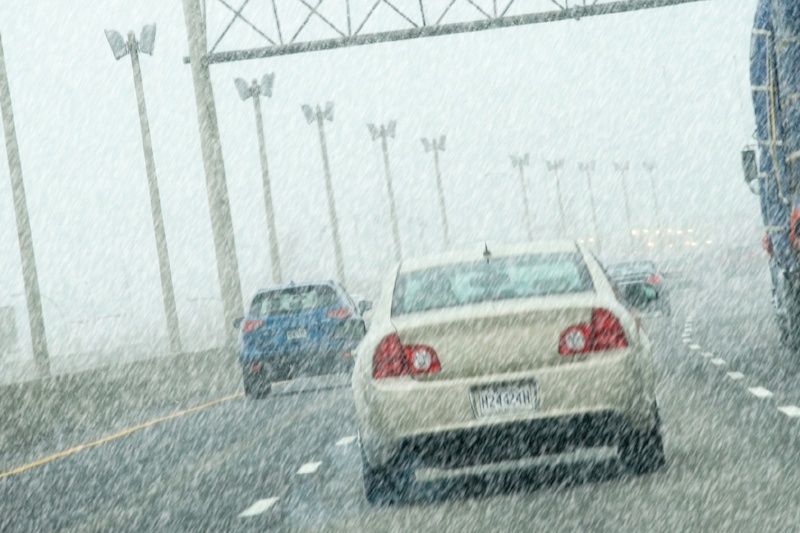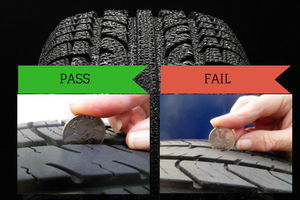Updates: Changes to Colorado Traction Law for the 2019 Winter Driving Season
In December 2014 a winter storm snarled traffic on I70, causing Colorado Department of Transportation (CDOT) to shut down the highway due to poor visibility and multiple spin outs. Two of our employees coming back from Summit County took 9 hours getting to Denver that night. I remember seeing a news clip during this storm of three people pushing a Honda Civic out of the Loveland parking lot with obvious worn out tires. I said to myself why are they trying to get that car to the highway, were they planning to push it back to town? 
CDOT had been lax about enforcing the Traction Law (Code 15), requiring adequate tires, but beginning in the fall of 2015, enforcement got strict.
When the Traction Law is implemented due to weather, adequate tires are required. Passenger vehicles are required to have either snow tires (designated by a snowflake symbol or M+S label) or have four-wheel drive or all wheel drive. All tires must have at least 1/8” of tread. Fines for violating the Traction Law begin at $130 and go up to $650 or more if your vehicle blocks traffic or causes an accident.
Quarter test your tread depth with this simple method. Insert a quarter upside down into your tire tread, with Washington’s head going in first if the top of Washington’s head is covered, the tread is more than 1/8”. If the top of his head is visible the tread is less than 1/8” and you can’t drive when a Traction Law is called — and you’re likely to need new tires.


